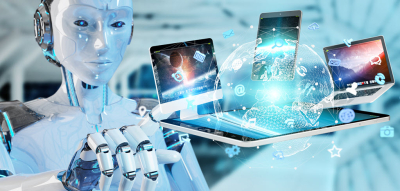
A computer that is powered by human brain cells, thereby extending the capabilities of modern computing exponentially and creating novel fields of study. No, this isn’t a one-line plot of a science-fiction. Researchers from Johns Hopkins University expect such ‘biocomputers’ to be developed within our lifetimes.
Organoid intelligence
While computing and artificial intelligence have been driving the tech revolution, it is nearing its peak. Biocomputing aims at compacting computational power and increasing efficiency in order to push past current tech limitations. A team of researchers outlined their plan for “organoid intelligence” in the journal Frontiers in Science in February 2023.
Scientists have used tiny organoids, lab grown tissue resembling fully grown organs, to experiment on organs without resorting to human or animal testing for nearly 20 years. Recently, researchers have started working on brain organoids.
Our brain remains unmatched by modem computers. While recent supercomputers have exceeded the computational capacity of a single human brain for the first time, it has been achieved by using a million times more energy.
Light on energy demands
A futuristic computer with biological hardware or brain organoids might be able to provide superior computing with limited energy consumption. Even though it may take decades to have an operational organoid intelligence that can power a system as smart as a mouse, researchers believe that setting along that path now is important. This, they believe, will create funding programmes that will help scale up production of brain organoids and have them trained using artificial intelligence Apart from the computational capabilities, organoid intelligence might also be a game-changer in drug testing, especially research pertaining to neurodevelopmental disorders and neurodegeneration.
The team working on organoid intelligence comprises scientists, bioethicists, and members of the public. This diverse consortium is an attempt to have varying opinions while assessing the ethical implications of working with organoid intelligence.
Picture Credit : Google





